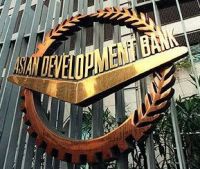
Asia’s emerging economies are going to embrace slow-down amidst increasing risks related to the withdrawal of US Fed tapering –says ADB. The Manila based lender has observed that besides the tapering impacts, credit bubble in China and infrastructural bottlenecks in India are the leading growth depressant for the region.
Developing Asia, which doesn’t include Japan will register will grow by 6% in 2013 and may improve to 6.2% in the next year.
ADB has attributed the below par performance of the two emerging heavyweights in Asia- China and India.
“Asia and the Pacific 2013 growth will come in below earlier projections due to more moderate activity in the region’s two largest economies and effects of quantitative-easing nervousness,”
China, the world’s second largest economy, will register a growth rate of 7.6 percent. The ADB has hinted the two growth and stability risks for it- credit bubbles and the shadow-banking system. For India the growth rate has cut down to 4.7 percent due to weak infrastructure and its lagging effect on investment.
Though tapering may produce some adverse effect on economic performance through disturbing financial markets, ADB predicted that it can’t be compared to the 1997 crisis.
“… fears of a crisis recalling the 1997 Asian financial crisis are unwarranted. The region is in a much stronger position to weather the storm with many economies running current account surpluses and holding large foreign reserve stockpiles” – the ADB has observed










